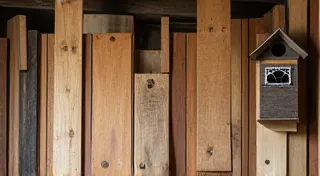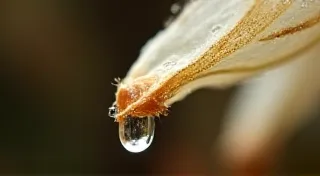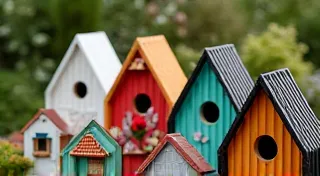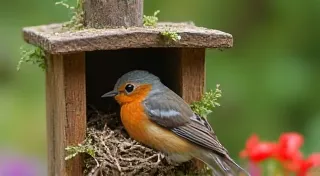Eastern Phoebe Bird House: Simple and Functional Design
The Eastern Phoebe (Sayornis phoebe) is a charming and adaptable bird, often found near buildings and bridges. Attracting these insectivores to your yard is a rewarding experience. Their preferred nesting sites are often under eaves, porches, and in similar protected locations. This bird house design replicates that preference, offering a safe and comfortable home for Eastern Phoebes while remaining a manageable woodworking project for beginners.
Understanding Eastern Phoebe Nesting Habits
Before we dive into the bird house plans, understanding the Eastern Phoebe’s behavior is key. They typically build a small, open-cup nest of mud and grass, often attached to a sheltered spot. They don't require a cavity in the traditional sense; a simple platform or shelf-like structure is ideal. This design is tailored to that preference. Creating a welcoming habitat extends beyond just the bird house itself; careful consideration of the surrounding environment plays a crucial role in attracting and retaining these birds. Think about providing access to water sources and native plants that provide natural insect sustenance.
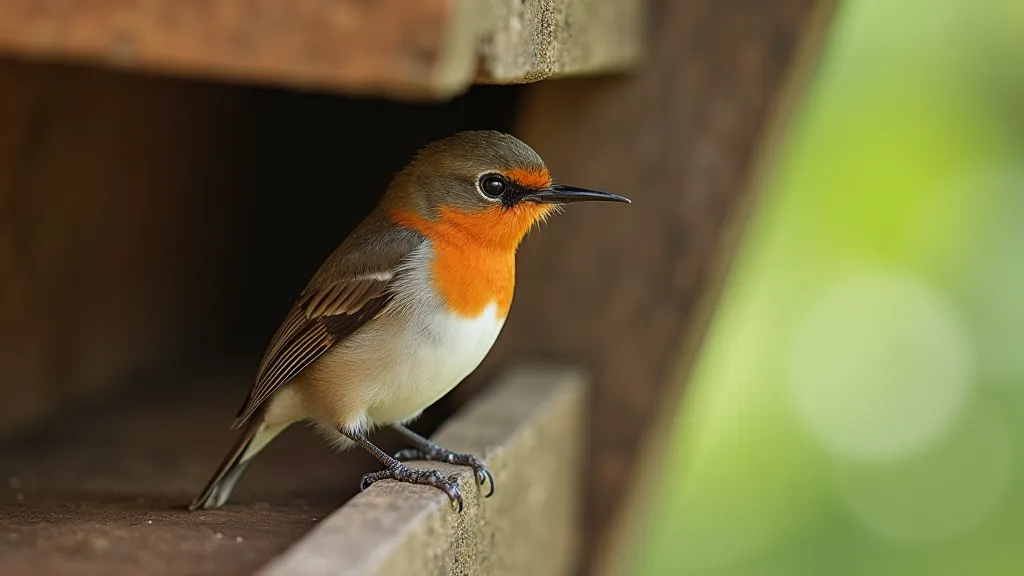
Bird House Plans & Materials
This design is intentionally minimal. The beauty lies in its simplicity and functionality. While this simple design is perfect for Eastern Phoebes, many enjoy building decorative bird houses for added aesthetic appeal to their gardens. However, remember that functionality and safety for the birds always take precedence over purely decorative elements.
Materials List:
One 8-foot length of untreated pine or cedar board (1x6 or similar)
Wood screws (1 1/4" or 1 1/2")
Exterior wood glue (optional, but recommended)
Sandpaper (medium grit)
Cutting List:
Base: 6" x 6"
Front: 6" wide x 8" high
Back: 6" wide x 10" high
Sides (2 pieces): 6" wide (at bottom) tapering to 4" wide (at top) x 8" high
Roof: 8" x 10" (provides a slight overhang)
Assembly Instructions:
Base and Sides: Attach the side pieces to the base, ensuring the tapered sides face inward. Use wood glue and screws for a strong bond.
Front and Back: Secure the front and back pieces to the base and sides. The front should be flush with the base. The back piece will extend higher to provide a mounting surface.
Roof Attachment: Center the roof piece over the bird house, allowing for a slight overhang on all sides. Secure it with screws.
Sanding and Finishing (Optional): Lightly sand all edges for a smoother finish. Avoid using paint or stain, as these can be harmful to birds. If you must, use a non-toxic, water-based sealant and allow it to fully dry and off-gas before installation. Consider how the elements impact the structure and explore various bird house roof designs to ensure optimal protection from rain, snow, and sun.
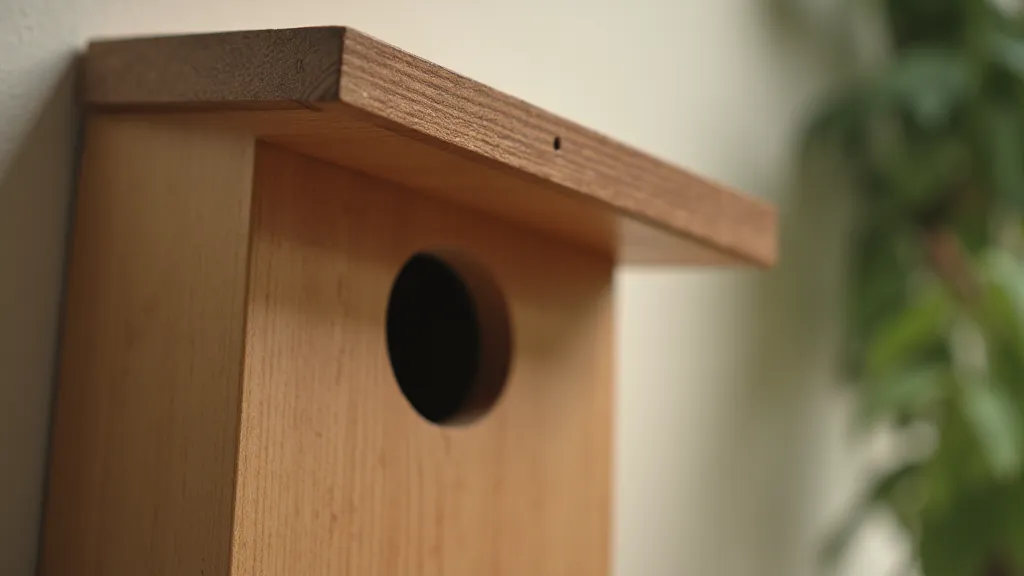 Mounting the Bird House
The key to attracting Eastern Phoebes is placement. Mount the bird house under an eave, porch, or bridge, mimicking their natural nesting sites. The height should be between 6 and 10 feet. Securely fasten the bird house to a solid structure using screws or heavy-duty wire. The extended back piece makes mounting easy. Successful birdhouse placement isn't just about finding a suitable location; it also involves understanding the nuances of attracting birds and providing ongoing care. Many people find that providing a welcoming environment requires more than just a birdhouse and may wish to research ways to improve their bird attracting efforts by investigating attracting birds to your bird house.
Maintenance & Cleaning
Eastern Phoebes are generally tidy birds. After the nesting season (typically late summer/early fall), it’s a good idea to clean out the bird house to remove old nesting material. This helps prevent mites and other parasites. Regular maintenance contributes to the longevity of the birdhouse and ensures a safe haven for future generations of Eastern Phoebes. Beyond birdhouses, expanding your efforts to provide habitats for other beneficial wildlife, such as bats, can significantly enhance your overall ecosystem’s health – consider building a bat house to provide shelter for these vital insectivores.
Mounting the Bird House
The key to attracting Eastern Phoebes is placement. Mount the bird house under an eave, porch, or bridge, mimicking their natural nesting sites. The height should be between 6 and 10 feet. Securely fasten the bird house to a solid structure using screws or heavy-duty wire. The extended back piece makes mounting easy. Successful birdhouse placement isn't just about finding a suitable location; it also involves understanding the nuances of attracting birds and providing ongoing care. Many people find that providing a welcoming environment requires more than just a birdhouse and may wish to research ways to improve their bird attracting efforts by investigating attracting birds to your bird house.
Maintenance & Cleaning
Eastern Phoebes are generally tidy birds. After the nesting season (typically late summer/early fall), it’s a good idea to clean out the bird house to remove old nesting material. This helps prevent mites and other parasites. Regular maintenance contributes to the longevity of the birdhouse and ensures a safe haven for future generations of Eastern Phoebes. Beyond birdhouses, expanding your efforts to provide habitats for other beneficial wildlife, such as bats, can significantly enhance your overall ecosystem’s health – consider building a bat house to provide shelter for these vital insectivores.
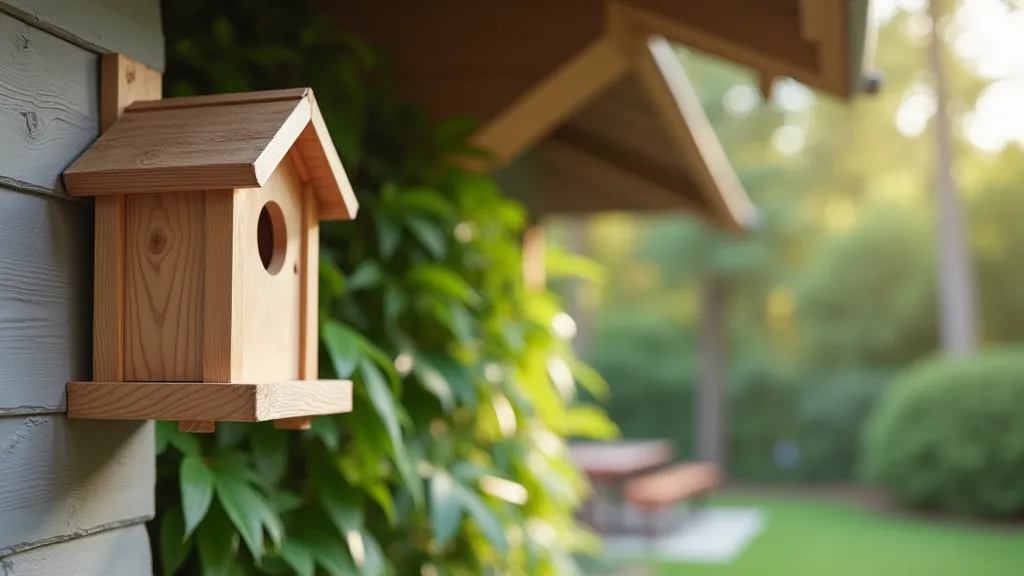 Deeper Dive: Understanding Birdhouse Construction and Phoebe Preferences
Deeper Dive: Understanding Birdhouse Construction and Phoebe Preferences
While this guide focuses on a simple birdhouse design, there's a fascinating world of detail behind attracting and housing these delightful creatures. Phoebe's, like many bird species, are sensitive to subtle environmental cues. The materials you choose, the construction techniques you employ, and the final placement all contribute to the birdhouse's overall appeal.
The use of untreated wood is paramount. Chemicals found in treated lumber can be toxic to birds, potentially leading to illness or even death. Cedar and pine are excellent choices due to their natural durability and resistance to insects. Ensuring proper ventilation within the birdhouse is also crucial. While this design emphasizes a minimalist approach, small ventilation holes near the top can prevent overheating during hot summer days.
Troubleshooting: What If Birds Don't Come?
Building and mounting the birdhouse is just the first step. Attracting birds is an art that requires patience and observation. Here are a few common reasons why birds might not be using your new birdhouse and how to address them:
- Placement: Is the birdhouse in a protected location, mimicking the birds' natural nesting sites?
- Predators: Are there potential predators (cats, raccoons, snakes) that might deter the birds?
- Competition: Are there other birdhouses nearby that might be attracting the same birds?
- Lack of Food and Water: Are there sufficient natural food sources (insects) and a reliable water source in the area?
Conclusion
Building this simple Eastern Phoebe bird house is a satisfying project that provides a valuable resource for these delightful birds. The straightforward design, combined with careful placement, greatly increases your chances of attracting these charming visitors to your yard. Enjoy the opportunity to observe their fascinating behavior and contribute to their well-being.



